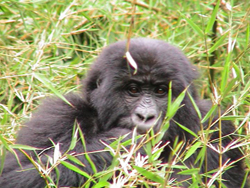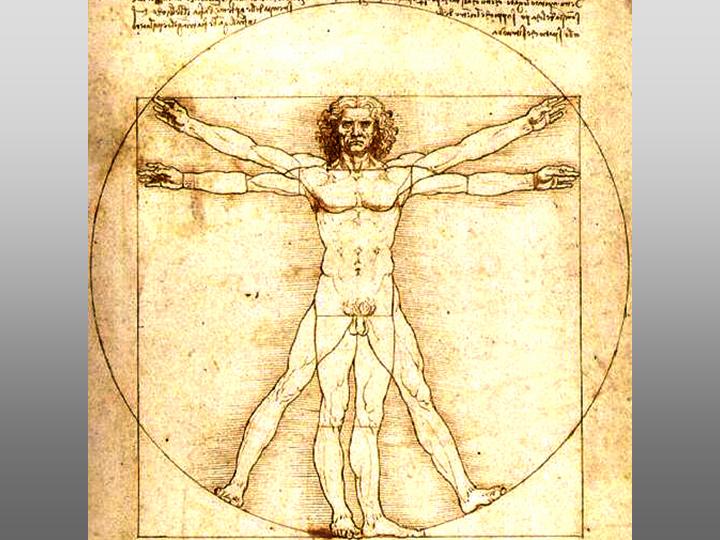|
|
|
|
|
|
|
Biology is
the study of life and living organisms (C. Zins, 2011).
|
|
|
|
|
Biology
|
|
|
|
|
 © ©
|
[1] Theory (metaknowledge)
 Philosophy
of Biology
Philosophy
of Biology
 History of biology
History of biology
[2] Biological Fields (temporary name)
 Botany
Botany
 Zoology
Zoology
 Cell biolgy
Cell biolgy
 Molecular biology
Molecular biology
 Biochemistry*
Biochemistry*
 Microbilogy
Microbilogy
 Anatomy
Anatomy
 Physiology
Physiology
 Genetics
Genetics
 Developmental
biology
Developmental
biology
 Evolutionary biology Evolutionary biology
 Taxonomy
Taxonomy
 Ecology*...
Ecology*...
Post your proposed structure!
|
10PK
Poster &
Book
a must for your library |
|
|
|
|
|
|
|
|
|
Rationale |
|
|
|
|
Biology’s main branches
are philosophy of biology, botany (study of plants) and zoology (study of animals), cell
biology (study of cells), molecular biology (study of biological
molecules, such as proteins and DNA) and the closely related field,
biochemistry (study of form and function at the chemical level),
microbiology (study of microorganisms), anatomy (study of the structure
of living organisms), physiology (study of function), genetics (study
of genes; heredity and variations in living organisms), developmental
biology (study of the process by which organisms grow and develop),
evolutionary biology (study of the origin of the species and their
development over time), taxonomy (naming, identifying, and classifying
organisms), and ecology (study of
biodiversity and the relations of organisms with their environments;
seealso agriculture and environmental sciences in sub-cat. 4.3.2). |
|
|
|
|
|
|
|
|
|
Reflections
|
|
|
|
|
Post your comments on the conception and structure of the field! |
|
|
|
|
|
|
|
|
|
|
|
|
|
|
10PK
Poster &
Book
a must for your library |
|
|
|
|
|
|
|
|
|
|
|
|
|
|
|
|
|
February 2013 ©
Copyright Dr.
Chaim
Zins, Jerusalem, 2002-2013. All rights reserved.
Chaim
Zins,
Knowledge Mapping Research, 26 Hahaganah St. Jerusalem, 97852 tel:
972-2-5816705 chaim.zins@gmail.com |
|
|
 10 Pillars
10 Pillars  Map
Map  Tree
Tree
 Rationale
Rationale
 Forum
Forum
 About
About
 Terms
Terms
 Contact
Contact

 ©
©
 Philosophy
of Biology
Philosophy
of Biology History of biology
History of biology Botany
Botany Zoology
Zoology Cell biolgy
Cell biolgy Molecular biology
Molecular biology Biochemistry*
Biochemistry* Microbilogy
Microbilogy Anatomy
Anatomy Physiology
Physiology Genetics
Genetics Developmental
biology
Developmental
biology Evolutionary biology
Evolutionary biology Taxonomy
Taxonomy Ecology*...
Ecology*...








